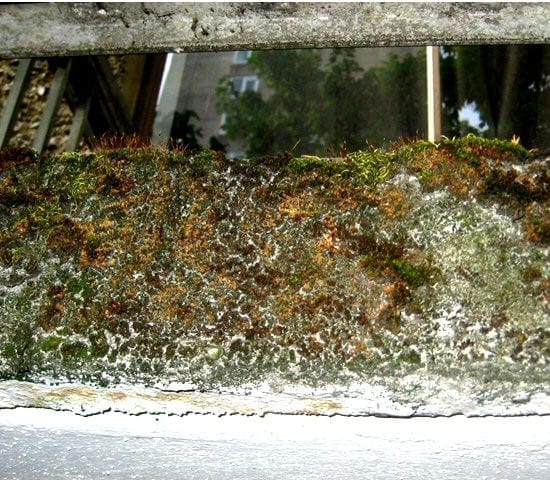Large Projects In The Cleaning World are Different – Critical to put the contractor through a selection framework
It can be a tough process for a Strata to undertake a large cleaning project. Their requirements often involve significant complexity, much of which may not be apparent to the residents when they first set out.
When the strata receives quotes back, they are confused when contractor submit prices and scopes that are wildly different. Moreover selecting the lowest cost often leads to an unsatisfactory outcome, as key facets of the job are unaddressed. This can lead to essential work being uncompleted or a second vendor being called in to complete the job.
How to avoid this situation? First is to grapple with number of essential questions.
- Why? Is the project required? what needs to be done?
- Clearly defining Specifications – Scope Of Work are not clearly defined
- What approach to cleaning? What are the industry standards for
- Vetting Contractors – are they reputable? Do they have the capacity and technical ability?
- What is the proposed workflow? How disruptive will it be for the location’s residents.
- What is the deficiency plan?
- Is there a clear point of contact and management structure for both the location and vendor.
- Is there a clear communication pathway and approach for providing project update.
When sourcing a contractor for a large cleaning project best results are achieved when you consider above and not simply engage the lowest bidder.
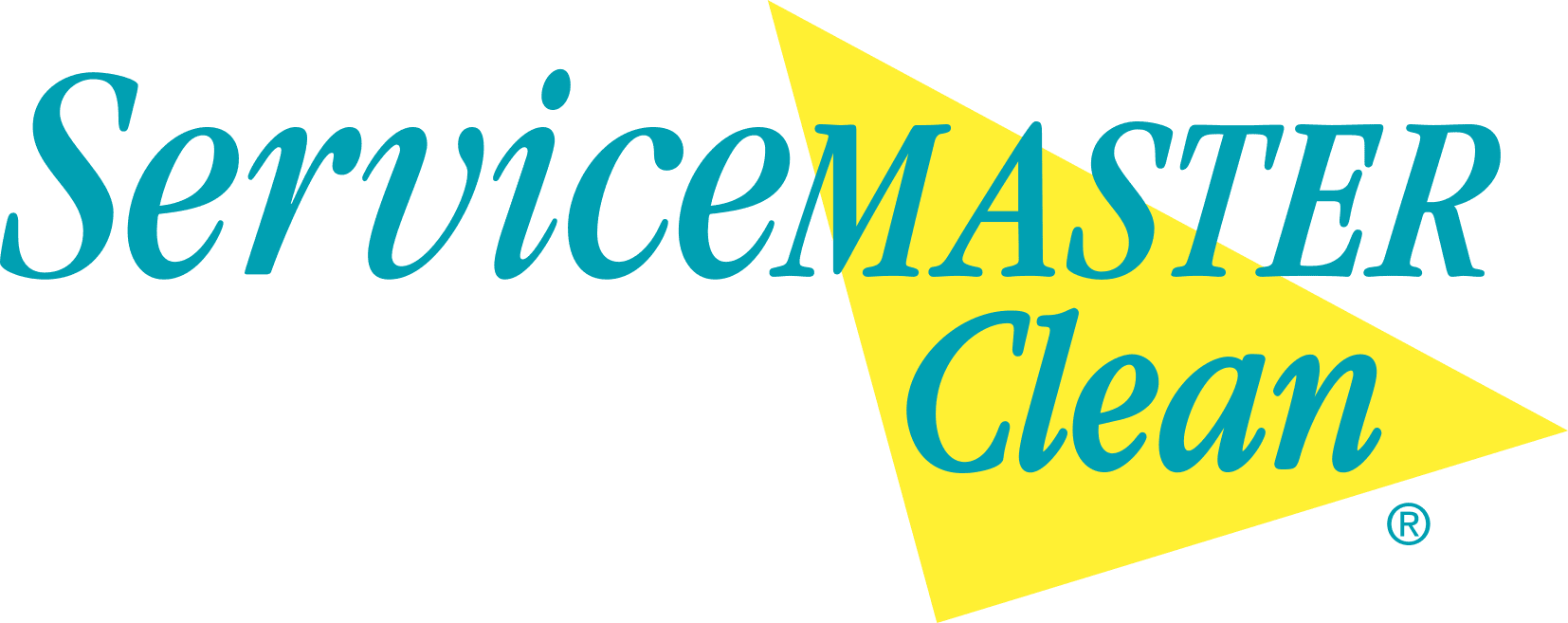
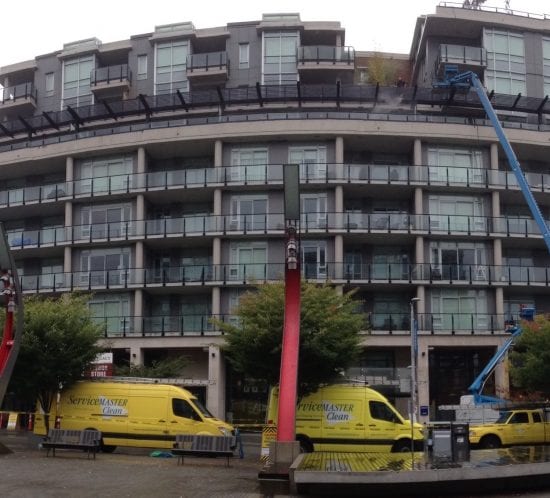
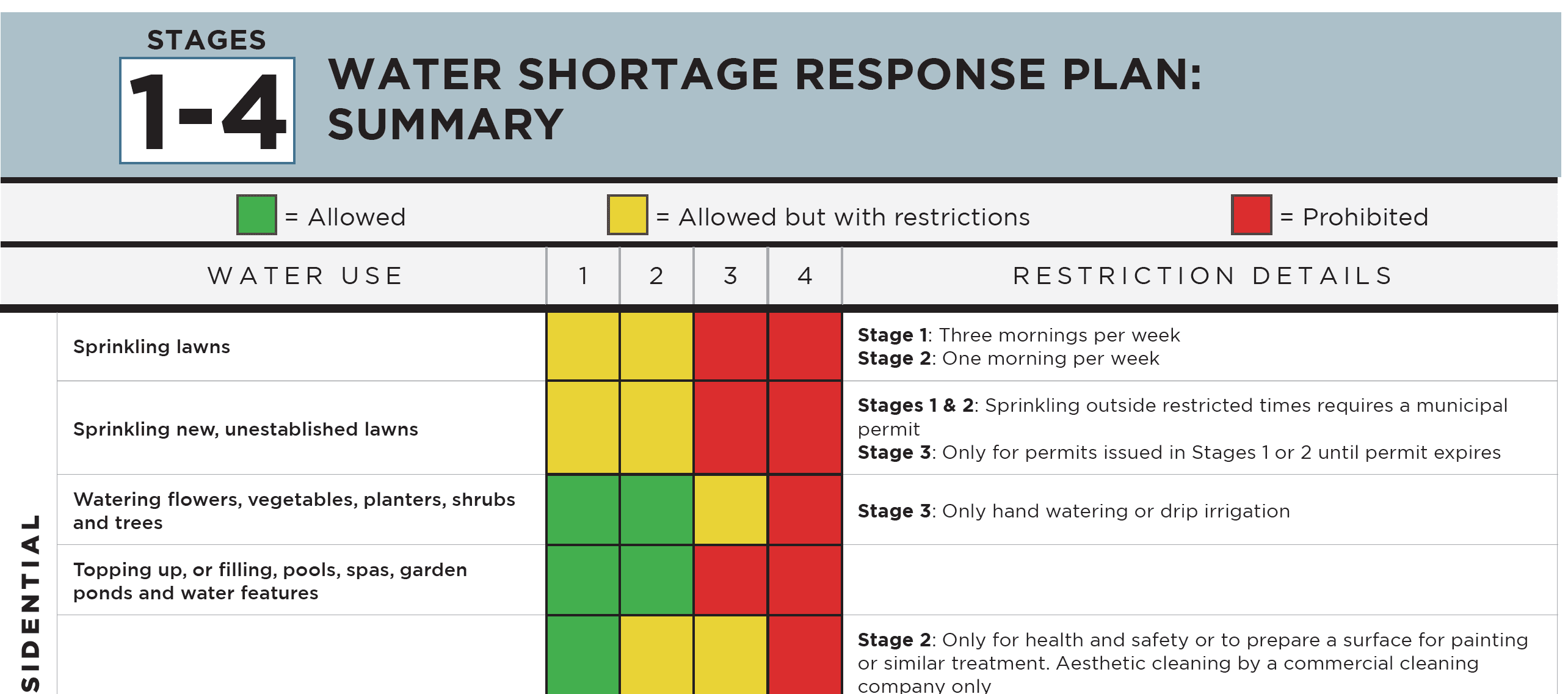 Last year there was immense confusion on what the water restrictions actually meant for the different types of exterior cleaning: window washing, pressure washing and building facade cleaning. Two of the three require significant amounts of water, which means we are subject to the water restrictions (sort of, more on that later.) With this in mind, a number of our clients cancelled work that was legally permissible to occur. Certainly they should be applauded for their proactive approach to water conservation, but it was done without understanding the regulations that govern this area, or the safeguards we have put into place to redress any problems we may encounter.
Last year there was immense confusion on what the water restrictions actually meant for the different types of exterior cleaning: window washing, pressure washing and building facade cleaning. Two of the three require significant amounts of water, which means we are subject to the water restrictions (sort of, more on that later.) With this in mind, a number of our clients cancelled work that was legally permissible to occur. Certainly they should be applauded for their proactive approach to water conservation, but it was done without understanding the regulations that govern this area, or the safeguards we have put into place to redress any problems we may encounter.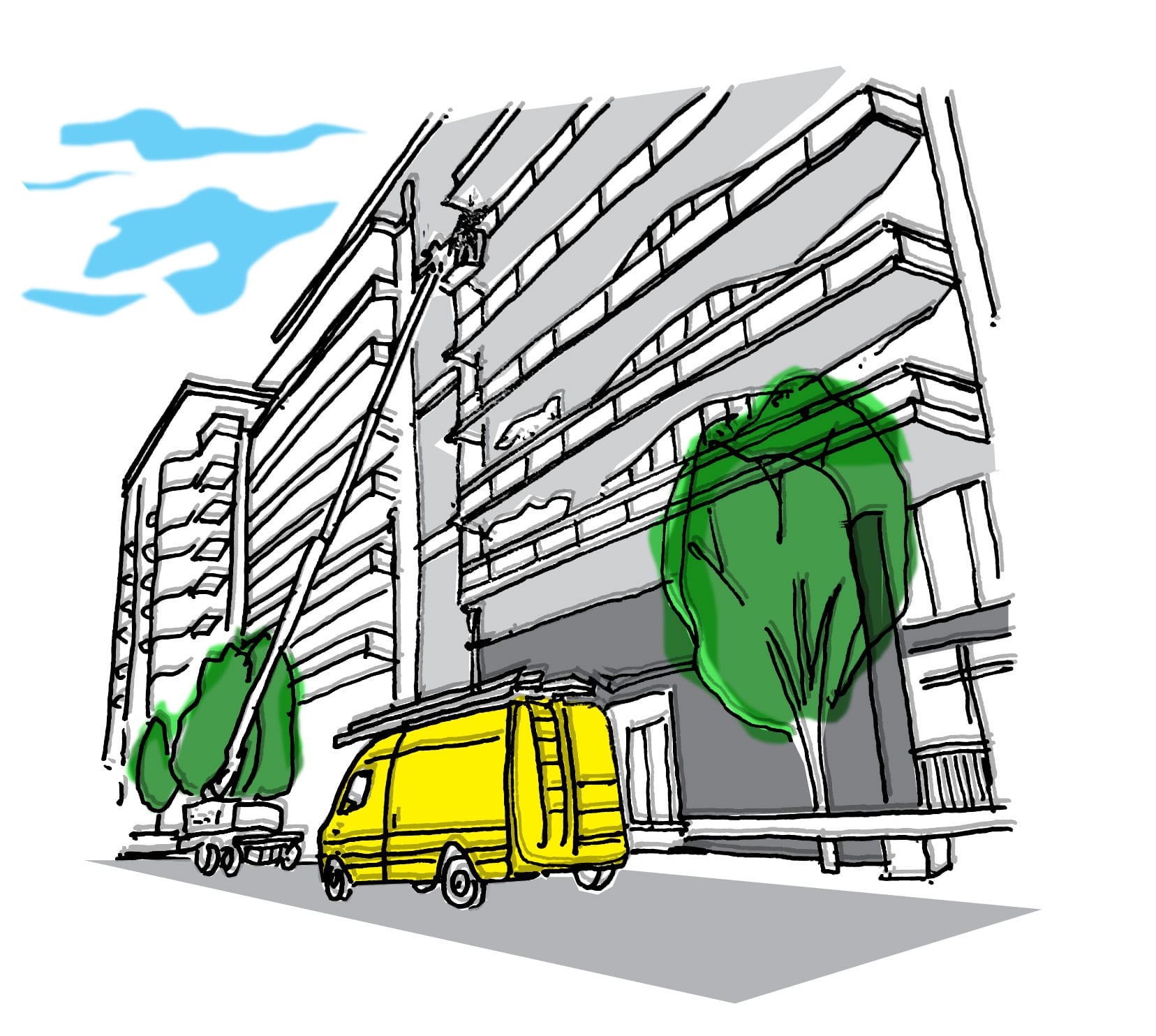 Oils, dirt and soot buildup tend to be cosmetic issues that are comparatively easier to resolve. However, the wet west coast climate is an ideal climate for biological growths such as algae and moss.
Oils, dirt and soot buildup tend to be cosmetic issues that are comparatively easier to resolve. However, the wet west coast climate is an ideal climate for biological growths such as algae and moss.